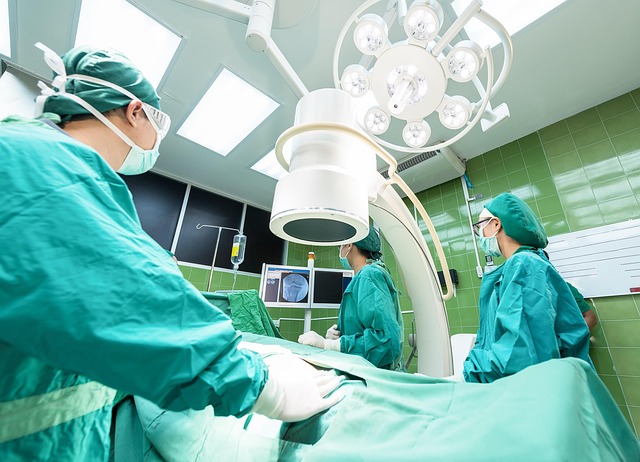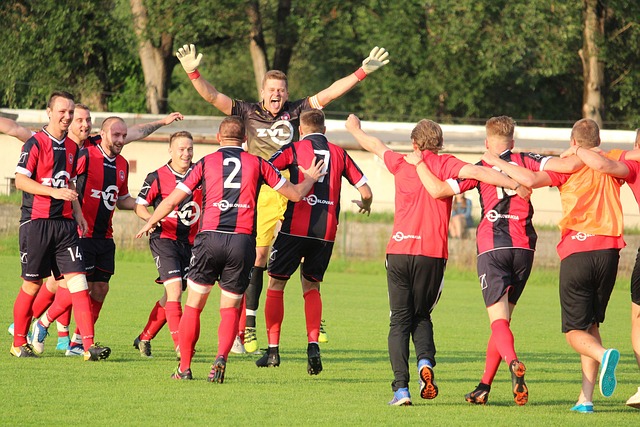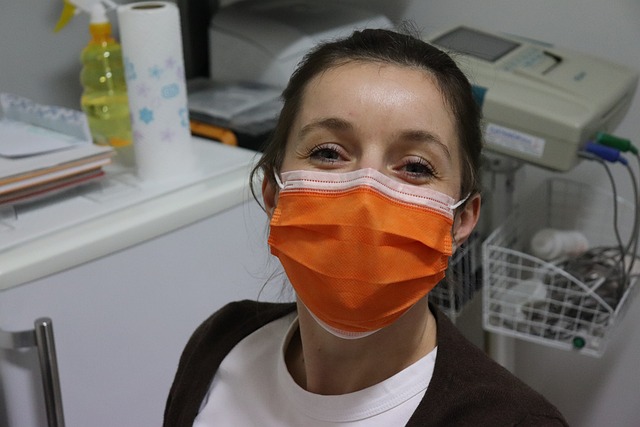After surgical wart removal, expect redness, swelling, and scabs, with healing varying by individual. Keep the area clean, dry, and protected, avoid picking scabs, stay hydrated, and use gentle moisturizers. Use over-the-counter pain relievers and cold compresses for discomfort. Monitor treated area for infection or regrowth; seek medical attention promptly. Regular check-ups aid recovery and prevent post-operative complications.
After undergoing a surgical wart removal procedure, proper post-care is essential for optimal healing and reducing the risk of complications. This article guides you through the best practices for managing your skin after the operation. We’ll explore the natural healing process, tips for alleviating pain and discomfort, and care instructions for the treated area. Additionally, learn key strategies to prevent wart recurrence and know when to seek medical attention for any concerning issues.
- Understanding Post-Surgical Healing Process
- Managing Pain and Discomfort After Removal
- Care for the Treated Skin Area
- Preventing Recurrence: Key Strategies
- When to Seek Medical Attention
Understanding Post-Surgical Healing Process

After a surgical wart removal procedure, understanding the healing process is crucial for optimal recovery. Initially, the treatment area may appear red and slightly swollen, which is a natural response from your body’s immune system as it begins to heal. Over the following days or weeks, scabs might form as the skin regenerates; this is part of the normal healing trajectory. It’s important to note that each individual heals at their own pace, so consistency in caring for the treated area is key.
To aid in the healing process, especially when considering private wart removal manchester, sheffield, or essex chelmsford options, keep the treatment site clean and dry. Gentle cleaning with lukewarm water and a mild soap is recommended to remove any crusting or debris without disturbing the healing skin. Avoid picking at scabs as this can cause infection and prolong healing. Additionally, staying hydrated and applying gentle, unscented moisturisers can help maintain skin health during recovery.
Managing Pain and Discomfort After Removal

After a surgical wart removal procedure, managing pain and discomfort is crucial for a smooth recovery. Patients can expect some post-operative soreness, redness, and swelling around the treated area, which typically peaks within 24 to 48 hours. To alleviate these symptoms, over-the-counter pain relievers like paracetamol or ibuprofen can be taken as directed. Applying cold compresses for 10-15 minutes at a time, several times daily, can also help reduce swelling and numb the area, providing temporary relief from discomfort.
It’s important to remember that each individual may experience different levels of pain, and what works for one person might not work for another. Following the specific aftercare instructions provided by your healthcare professional is essential. For those seeking specialized care, a blackpool wart clinic or a facility offering wart removal essex southend-on-sea can provide expert advice and effective wart removal methods tailored to individual needs.
Care for the Treated Skin Area

After a surgical wart removal procedure, it’s crucial to care for the treated skin area properly to ensure optimal healing and minimize complications. The first step is to keep the site clean and dry. Gently wash the area with mild soap and warm water, avoiding harsh scrubs that could irritate the sensitive skin. Pat the region dry with a soft towel, steering clear of rubbing or applying pressure.
Moisturizing the treated area is essential, but choose fragrance-free, hypoallergenic creams to prevent further irritation. Apply these gently as needed, focusing on areas of dryness. It’s also important to avoid exposing the wound to direct sunlight and excessive heat, so protect it with lightweight, loose clothing or bandages recommended by your healthcare provider. Additionally, be mindful not to pick or scratch the area, which could lead to infection or scarring, especially during the healing phase. For concerns about costs, remember that insurance may cover wart removal surgery depending on individual plans and medical necessity, making options like a rotherham wart clinic or wart removal coventry more accessible.
Preventing Recurrence: Key Strategies

Preventing Recurrence: Key Strategies
After undergoing a surgical wart removal procedure, it’s crucial to implement specific prevention strategies to avoid reoccurrence. One of the primary steps involves maintaining good hygiene and keeping the treated area clean and dry. Patients should gently wash the surrounding skin with mild soap and water, avoiding any harsh scrubbing that could irritate the healing tissue. Additionally, applying a sterile bandage or covering the area can protect it from environmental contaminants, including germs and chemicals found in everyday products.
Regular monitoring is another essential prevention strategy. It’s vital to inspect the treated site for any signs of new warts or unusual changes. If patients notice any symptoms, they should promptly consult their healthcare provider. Furthermore, since surgical wart removal might leave a scar, avoiding activities that could exacerbate it—such as strenuous exercises or wearing tight clothing—can aid in faster healing and reduce the risk of complications that may lead to recurrent warts.
When to Seek Medical Attention

After a surgical wart removal procedure, it’s crucial to monitor your skin for any signs of infection or complications. If you notice excessive redness, swelling, warmth, or pus emanating from the treatment site, immediate medical attention is required. These symptoms could indicate a bacterial or viral infection that needs professional care.
Additionally, if the removed wart appears to regrow within a week or two, or if you develop a fever along with other flu-like symptoms, consult a healthcare provider. While private wart removal centres like those in Canterbury, Gloucester, and Guildford offer convenient options, post-operative care should be taken seriously. Regular check-ups are essential to ensure the area heals properly and prevent further issues.
Post-surgical wart removal care requires a multifaceted approach, from understanding the healing process to preventing recurrence. By managing pain effectively and caring for the treated skin area, patients can ensure optimal recovery. Key strategies such as regular cleaning, avoiding irritation, and using recommended topical treatments significantly reduce the risk of warts returning. Remember that seeking medical attention promptly if concerns arise is crucial for successful long-term results following the surgical wart removal procedure.
